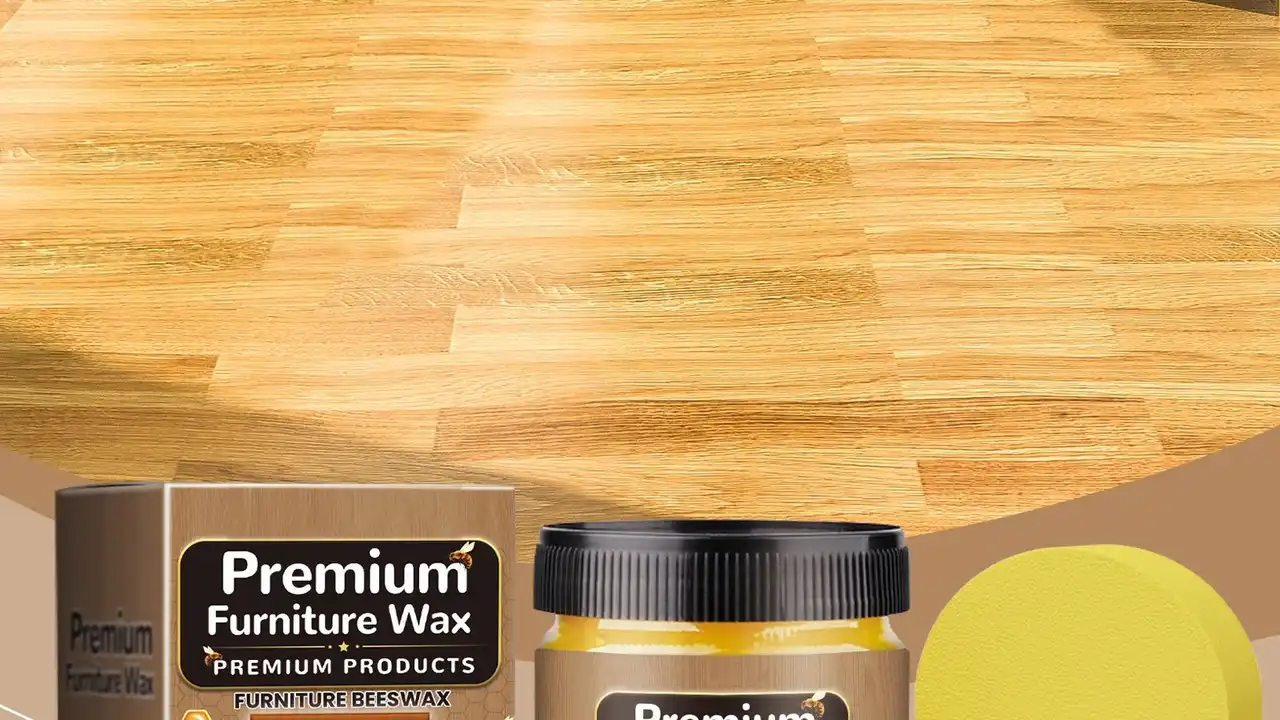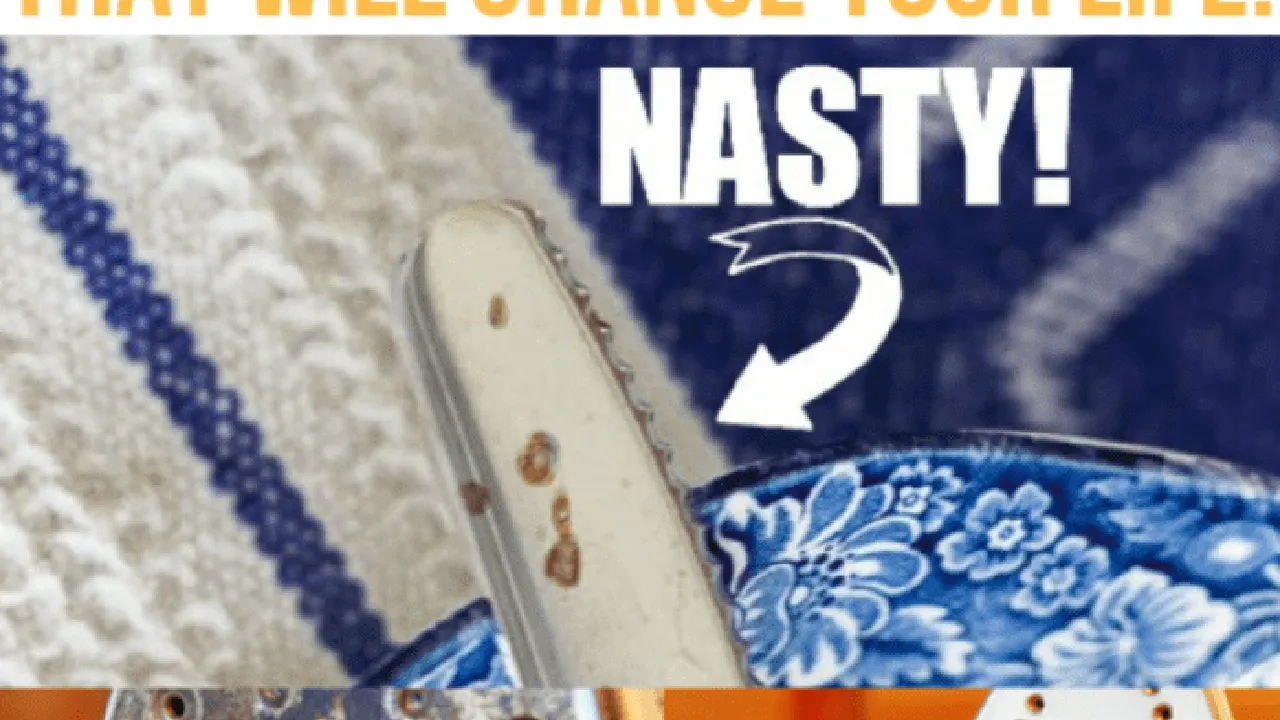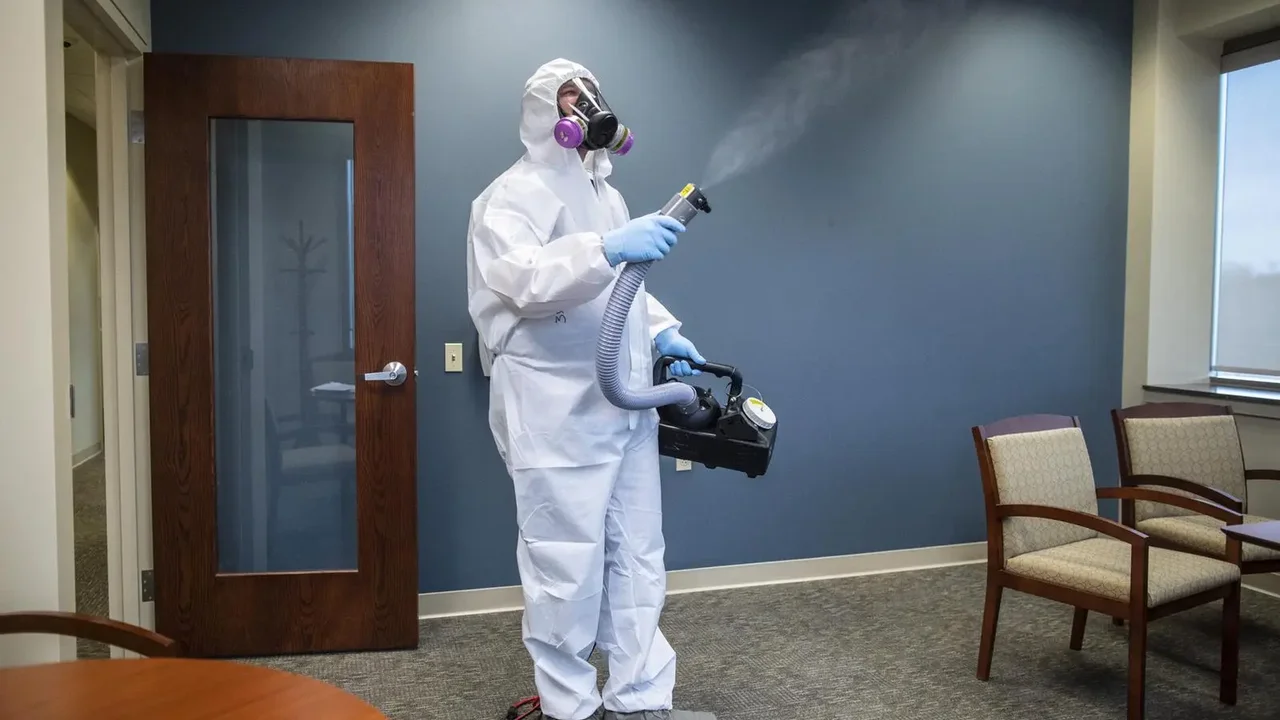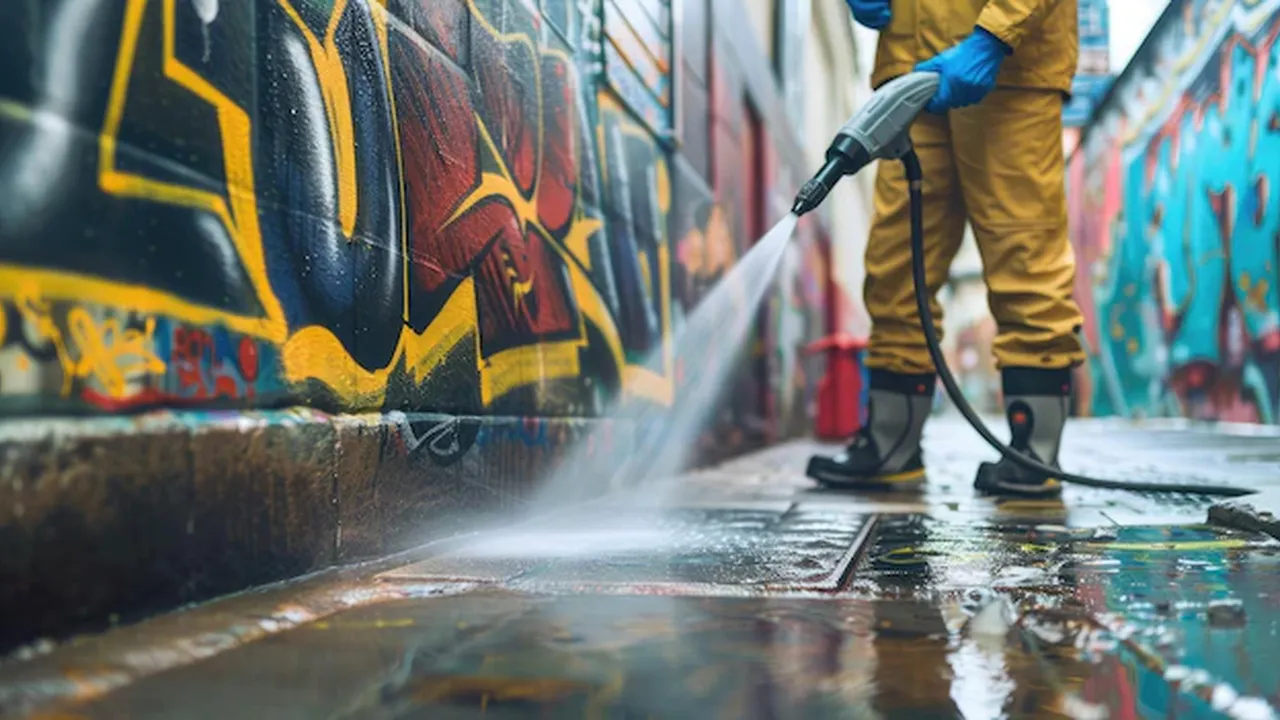Biohazard Cleanup Services: Handling Sensitive and Hazardous Materials
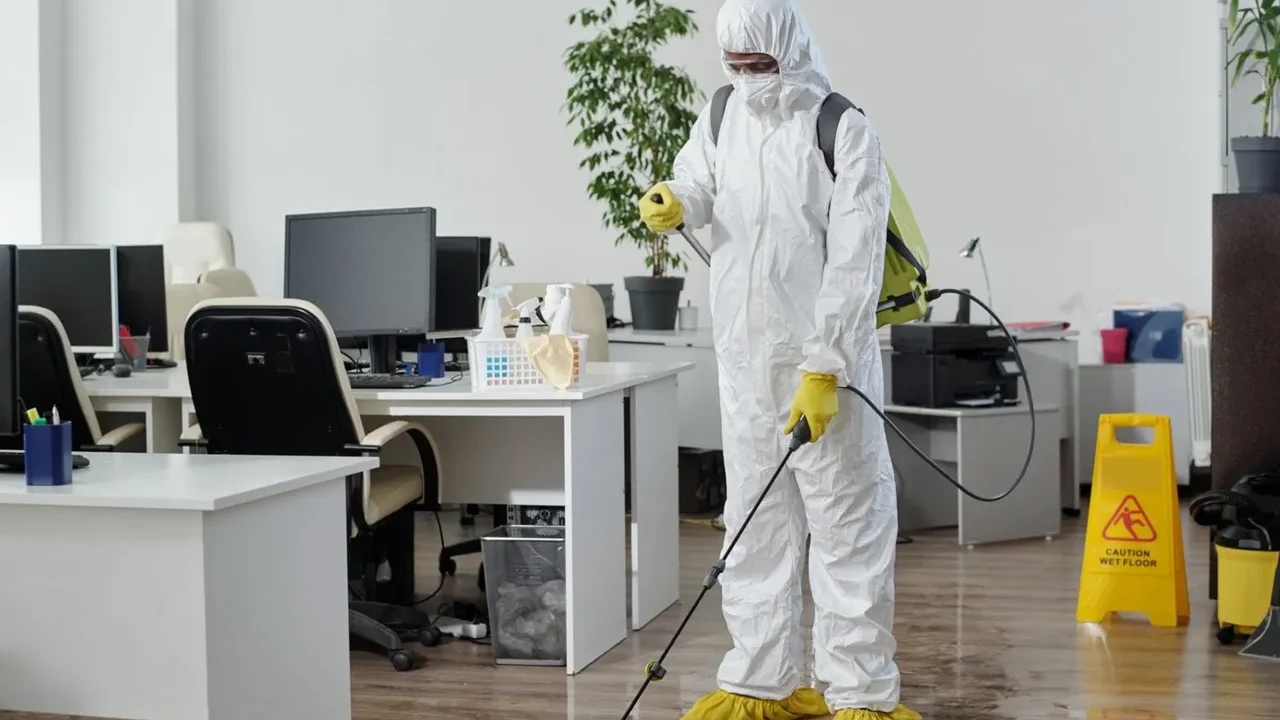
Understanding Biohazard Cleanup Identifying Hazardous Materials
Okay, let's dive into the world of biohazard cleanup. It's not your average tidy-up job! We're talking about dealing with potentially infectious and dangerous substances. Think blood, bodily fluids, sewage, and even hoarding situations where things have gotten seriously out of hand. Identifying these materials is the first crucial step. You need to know what you're up against to protect yourself and others.
Biohazards aren't just gross; they can be seriously harmful. Bacteria, viruses, fungi – they can all be lurking. Exposure can lead to infections, diseases, and a whole host of health problems. That's why specialized training and equipment are absolutely essential. You can't just grab a mop and bucket and hope for the best!
The Importance of Professional Biohazard Remediation Protecting Your Health
Seriously, leave this to the pros. Professional biohazard remediation companies have the knowledge, experience, and specialized equipment to safely and effectively clean up biohazardous materials. They follow strict protocols and regulations to ensure that the area is thoroughly decontaminated and safe for re-occupancy. Think of it like this: you wouldn't try to fix your car's engine without proper training, right? Biohazard cleanup is the same – maybe even more important, considering your health is on the line.
These companies are trained in things like proper containment procedures, personal protective equipment (PPE) usage, and disposal methods. They also know how to identify hidden dangers and ensure that everything is completely sanitized. Plus, they're usually available 24/7 because accidents don't happen on a schedule.
Essential Equipment for Biohazard Cleanup Ensuring Safety and Effectiveness
So, what kind of gear are we talking about? First up: PPE. This is your frontline defense against biohazards. We're talking full-body suits (Tyvek suits are common), respirators (N95 or higher), gloves (nitrile or latex), eye protection (goggles or face shields), and boot covers. It's like dressing for a hazardous material movie, but this is real life!
Then there's the cleaning and disinfecting equipment. Think industrial-strength cleaners, disinfectants (bleach solutions, hydrogen peroxide-based cleaners), sprayers, and foggers. These aren't your everyday household cleaning products. They're designed to kill a wide range of pathogens and thoroughly sanitize surfaces.
Containment supplies are also crucial. Things like absorbent pads, biohazard bags, and duct tape are used to contain spills and prevent the spread of contamination. You also need tools for removing contaminated materials, such as scrapers, brushes, and shovels.
Specific Product Recommendations for Biohazard Cleanup Effective Solutions
Okay, let's get into some specific product recommendations. Keep in mind that these are professional-grade products, and you should only use them if you're properly trained and equipped.
- Concrobium Mold Control: This isn't just for mold! It's a powerful disinfectant that can kill a wide range of bacteria and viruses. It's great for porous surfaces like drywall and fabrics. You can find a gallon for around $30-$40.
- Benefect Decon 30: This is a botanical disinfectant that's effective against a variety of pathogens. It's a good option if you're looking for a more environmentally friendly solution. Expect to pay around $40-$50 per gallon.
- Shockwave RTU: A ready-to-use disinfectant that's effective and easy to apply. Ideal for large areas. Priced around $60-$70 per gallon.
- 3M N95 Respirator 8210: A reliable and comfortable N95 respirator that provides excellent protection. A box of 20 typically costs around $20-$30.
- DuPont Tyvek Suit: A durable and protective full-body suit. Prices vary depending on the specific model, but you can usually find them for around $10-$20 each.
Comparing Biohazard Cleanup Products Choosing the Right Solution
Choosing the right product depends on the specific situation. For example, if you're dealing with a mold issue in addition to biohazards, Concrobium Mold Control might be a good choice. If you're concerned about the environmental impact, Benefect Decon 30 is a more eco-friendly option.
When comparing disinfectants, consider the dwell time (how long the product needs to stay wet on the surface to be effective), the spectrum of pathogens it kills, and the safety precautions required. Always read the product label carefully and follow the manufacturer's instructions.
For PPE, make sure the respirator fits properly and creates a tight seal around your face. Choose gloves that are resistant to the chemicals you'll be using. And don't skimp on the Tyvek suit – a tear or puncture can compromise your protection.
Biohazard Cleanup Product Usage Scenarios Practical Applications
Let's look at some specific usage scenarios. Imagine you're cleaning up a blood spill in a home. First, you'd put on your PPE: Tyvek suit, respirator, gloves, and eye protection. Then, you'd contain the spill with absorbent pads. Next, you'd spray the affected area with a disinfectant like Benefect Decon 30 and let it dwell for the recommended time. Finally, you'd wipe up the area with clean cloths and dispose of the contaminated materials in biohazard bags.
Another scenario: you're cleaning up a hoarding situation. This is a much bigger job! You'd need to remove all the debris and clutter, then thoroughly clean and disinfect all surfaces. You might need to use a fogger to reach hard-to-access areas. And you'd definitely want to wear a full-face respirator with a P100 filter to protect yourself from dust, mold, and other airborne contaminants.
Disposal of Biohazardous Waste Following Regulations and Guidelines
Proper disposal of biohazardous waste is crucial. You can't just toss it in the regular trash! You need to follow local, state, and federal regulations. This usually involves packaging the waste in red biohazard bags, labeling them properly, and disposing of them through a licensed medical waste disposal company.
Never try to incinerate biohazardous waste yourself. This can release harmful toxins into the air. And never pour biohazardous liquids down the drain. This can contaminate the water supply.
Cost of Biohazard Cleanup Services Understanding the Investment
The cost of biohazard cleanup services can vary widely depending on the size and complexity of the job. Simple blood spill cleanup might cost a few hundred dollars, while a large-scale hoarding cleanup could cost several thousand. Factors that affect the cost include the amount of biohazardous material, the size of the affected area, the type of services required (cleaning, disinfection, odor removal), and the location.
Many homeowners insurance policies cover biohazard cleanup services, especially if the contamination is the result of a covered event like a crime or accident. It's always a good idea to check with your insurance company to see what's covered.
While it might be tempting to try to save money by doing the cleanup yourself, remember that you're putting your health at risk. Professional biohazard cleanup companies have the expertise and equipment to do the job safely and effectively. In the long run, it's often worth the investment.
Finding a Reputable Biohazard Cleanup Company Choosing the Right Partner
When choosing a biohazard cleanup company, look for one that's licensed, insured, and certified. They should have a proven track record of providing safe and effective services. Ask for references and check online reviews.
Make sure the company follows all applicable regulations and guidelines. They should be able to provide you with documentation of their training and certifications. And they should be available 24/7 in case of emergencies.
Don't be afraid to ask questions! A reputable company will be happy to answer your questions and explain their process. They should also provide you with a written estimate before starting the work.
:max_bytes(150000):strip_icc()/277019-baked-pork-chops-with-cream-of-mushroom-soup-DDMFS-beauty-4x3-BG-7505-5762b731cf30447d9cbbbbbf387beafa.jpg)



